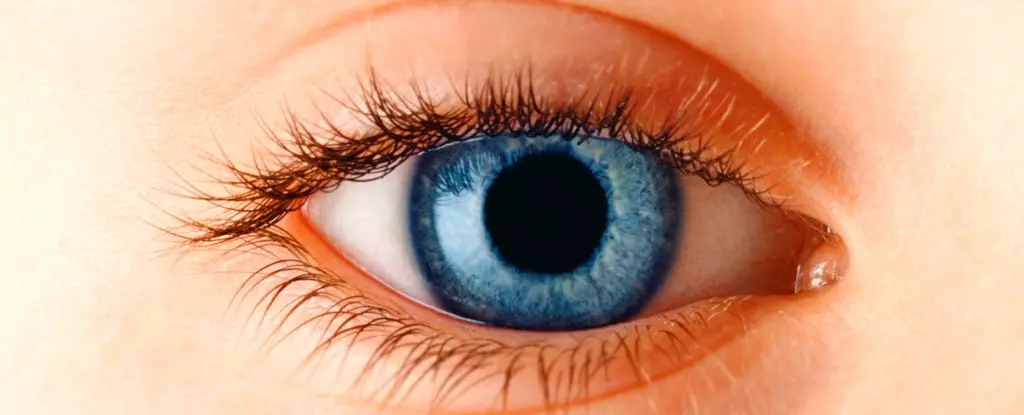Myopia, commonly referred to as nearsightedness or shortsightedness, has become increasingly prevalent among children globally. Recent research indicates that approximately 35% of children are already affected by this condition, with projections suggesting that this figure could escalate to 40% by 2050—potentially impacting more than 740 million children worldwide. This alarming trend raises essential questions about the long-term implications of myopia on children’s health and quality of life. Understanding myopia’s underlying mechanisms, recognizing its risk factors, and implementing effective preventative measures are crucial for maintaining children’s eye health.
Myopia occurs when light entering the eye fails to focus directly on the retina due to an elongation of the eyeball. This refractive error results in clear vision up close but blurred sight at a distance. Various factors contribute to this ocular development. Genetic predisposition plays a significant role; children with myopic parents are more likely to develop the condition. Alongside genetic influences, environmental factors are increasingly recognized as contributing to myopia’s surge.
While the exact relationship between screen time and myopia development remains a subject for further exploration, it is evident that increased screen use, especially among younger demographics, correlates with rising myopia rates. As screens have become more compact and easier to access, children frequently engage in prolonged near-vision tasks, which may result in eye strain and increased susceptibility to myopia.
Interestingly, contrary to common assumptions that screen time is the leading cause of rising myopia rates, emerging research indicates that reduced outdoor activity may be a significant factor. Studies have shown that spending an additional one to two hours per day outdoors during childhood can lower the risk of developing myopia over periods of two to three years. The exact mechanism behind this protective effect is still under investigation. However, one hypothesis suggests that exposure to natural sunlight may enhance dopamine release in the retina, promoting normal eye growth and reducing the risk of myopia.
Despite the promising links between outdoor time and myopia prevention, the reality is that modern lifestyles and urban living often limit children’s outdoor activities. Parents and guardians must therefore be proactive in ensuring that children spend sufficient time outside engaging in physical activities.
Detecting myopia early in children is vital for mitigating its potential progression. Parents should be vigilant for signs indicating that their child may require an eye examination. Common indicators include squinting when viewing objects from a distance, frequent eye rubbing, and habitually moving screens or books closer for better clarity. Diagnosing myopia early enables timely intervention and treatment, which can greatly influence the condition’s trajectory.
Regular visits to an optometrist are crucial in maintaining eye health. Early diagnosis and intervention can help control myopia’s development, preserving visual acuity and passive engagement in educational and recreational activities.
The latest research has yielded several interventions aimed at managing myopia. Traditionally, corrective lenses, such as glasses or contact lenses, have been the primary means of addressing shortsightedness. Additionally, innovative strategies are emerging to combat the condition.
Orthokeratology, or ortho-K, involves using specially designed rigid contact lenses overnight to reshape the cornea temporarily. This method allows for improved vision during the day without the need for lenses, but it requires careful maintenance to minimize the risk of infections.
Another effective approach includes the use of atropine eye drops, shown to slow myopia progression. These drops are easy to administer and are associated with minimal side effects, making them a practical solution for parents concerned about their child’s eyesight.
Although myopia can be effectively managed through various treatments, failing to address it early on can lead to “high myopia,” which significantly increases the risk of severe ocular complications such as retinal detachment, glaucoma, and myopic maculopathy. Such conditions may lead to irreversible vision loss.
The rising incidence of myopia among children is a pressing public health concern that warrants immediate attention. By understanding the causes and promoting healthy vision practices—such as reducing screen time, ensuring adequate outdoor activity, and facilitating early eye examinations—parents and caregivers can play a vital role in preserving their children’s visual health. As research continues to evolve, a comprehensive approach combining lifestyle adjustments and technological advancements will be crucial for addressing the myopia epidemic.


Leave a Reply